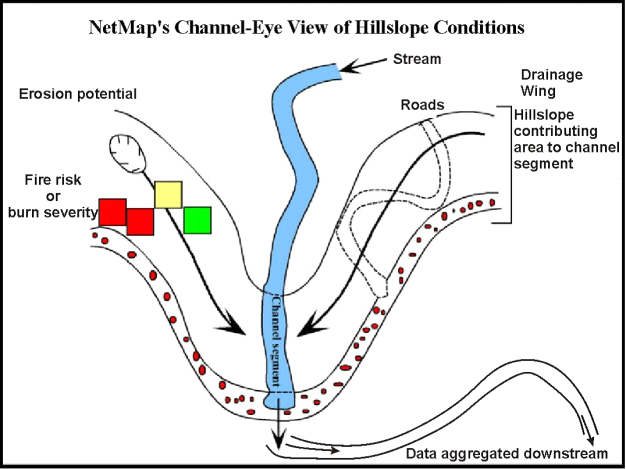

| Subject Alternative Name: DNS:, DNS:, DNS:
Netmap fire windows#
|_http-title: Did not follow redirect to Ĩ8/tcp open kerberos-sec Microsoft Windows Kerberos (server time: 05:39:53Z)ġ39/tcp open netbios-ssn Microsoft Windows netbios-ssnģ89/tcp open ldap Microsoft Windows Active Directory LDAP (Domain: windcorp.thm0., Site: Default-First-Site-Name)

Get a list of all the hosts axiom-exec 'curl -s ' 'fire*'įinally, we can delete our fleet so it doesn’t cost us any $$$.Initial Nmap Output: # Nmap 7.80 scan initiated Mon Jan 3 00:39:29 2022 as: nmap -sV -sC -T4 -oA nmap/initial 10.10.213.22Ĩ0/tcp open http Microsoft IIS httpd 10.0 Run curl over and over again to show it’s different ips Start a proxy round-robin listener against all our nodes in our fleet. cat allsubs.txt | shuf | head -n 500Ĭat allsubs.txt | shuf | head -n 500 > subs.txtĪxiom-scan subs.txt -m httpx -o http.txt -title -follow-redirects -ip -content-length -cname -content-type -status-code -vhost Use a shortened sample for gowitness just because it takes foreverrrr otherwise! cat http.txt | shuf | head -n 150Ĭat http.txt | shuf | head -n 150 > sample-http.txtĪxiom-scan sample-http.txt -m gowitness -o screenshotsĬonvert ip:port notation into notation for using our other tools. axiom-scan ports.txt -m httpx -o http.txt (You must have xsltproc installed :)) xdg-open READ THE HTML OUTPUT! It looks totally cool…Īxiom-scan xml nmap scans auto generate html output too! Python2 ports.py chaos-scan.xml > ports.txt Step 6 - Extracting hosts & IP’s from Nmap XML outputĮssentially convert nmap.xml → host:ip notation. We can do some portscanning with nmap in a distributed axiom-scan.
Netmap fire code#
We can resolve subdomains at mass using dnsx Code - BashĪxiom-scan allsubs.txt -m dnsx -resp -o resolvedfqdns.txt # simple Step 3 - Spin up a fleet (may already be prepared) axiom-fleet fire -i=15 Step 2 - Merge Subdomains together cd ~/Downloadsįind. We need to get some data to test with! # Pull random 50 root levels from chaos - pretty one linerįor domain in $(curl -s | jq -r '.programs.domains' | shuf | head -n 50) do echo "Pulling $domain" chaos -silent -key $token -d $domain > subs.txt done
Netmap fire download#
I’ll let the code speak for the rest of a demo for axiom-scan, feel free to follow on with this demo: Step 1 - Download Chaos Subdomains
Netmap fire how to#
Spin up a fleet with more than 2 instances, you can find out how to do this here. I’d like for current users of axiom to try these out and follow along. This article is intended for existing users, I will not explain the code too much but provide a basic example of how you can use it. If you’re new to axiom, I recommend reading the wiki in its entirety - and remember - it’s still in Beta, we’re still really just prototyping If you find any issues, please open an issue, it’s probable that we can fix it! Once you have a fleet, you can perform distributed scanning! It’s really up to you how you want to use it. You can also spin up lots of hosts at one time by using axiom-fleet. Axiom instances have tools preinstalled including nmap, ffuf, masscan, nuclei, subfinder, httpx, dnsx and shuffledns (and many more!). The dynamic infrastructure framework for anybody! Distribute the workload of many different tools with ease, including nmap, ffuf, masscan, nuclei and many more!Īxiom is a larger infrastructure framework that allows you to quickly spin up and down different hackbox hosts packed with tools for you to perform testing. You may have heard of the tool I’ve been working on for the past 6 months called axiom, incase you haven’t, I’ll provide you with a quick overview.


 0 kommentar(er)
0 kommentar(er)
